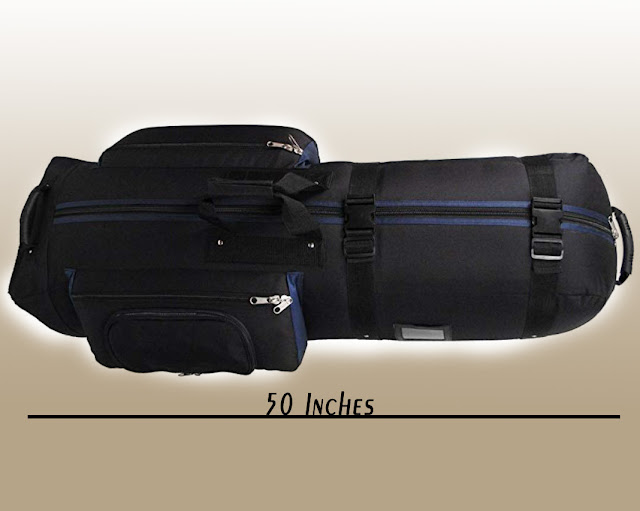High quality mics are one of the best investments. Handled with care, a professional mic will last 15 years—far longer than your camera, audio recorder, and some of your lenses. But that, of course, means that they often don’t depreciate in value, making it hard for small companies and beginners to get in the pro audio game. Over the past five years, however, the explosion of low-cost cameras has been matched with a whole lot of new microphone makers entering the market. Rode and Aperture are probably the biggest newcomers to sound, but then there’s a bevy of cheap Chinese equipment. This has meant some industry standard microphones have slipped off the radar… and thus down the price list. Here are three lav mics that produce broadcast quality sound, and professional level durability. And you can find them for under $100 bucks used.
The great thing about used mics is that most often you can immediately tell if it’s functioning at 100%: wiggle the wires and listen for low volume distortion. If there’s nothing, it’s good to go. The downside of our current video production zeitgeist is that nowadays people often expect the equipment to do all the lifting. We expect our cameras to have so wide a dynamic range that we never have to think about exposure issues; we want our mics to sound perfect without us doing a thing. Professionals who work with thousand dollar mics know this isn’t true. All mics require post processing to bring out the best qualities of the individual voices and environment. If you want to dig deeper into that skill set, check out our video on making a $20 mic sound like a $100 mic here… and you’ll figure out how to get these $200-$300 mics to sound like $600 mics.

One thing I should note is that lavaliere mics in particular encompass a wide range of audio quality—not just good and bad, but bassy, bright, warm, clinical, etc. You’ll have personal preferences of what sounds good, and certain mics will sound better with certain voices… and finally some tonal qualities will fit better with a film’s audio palette. It’s impossible to have one lav that does everything, and most pros carry a variety on set.
Sony ECM-55b
You don’t see the ECM-55b a lot of places anymore, but it was a standard TV mic for a long time. It’s a solid performer in almost every test, it performs well with all sorts of voices. It has a bright sound, which bucks the trend of current lavs and boom mics, but I think is much more natural. It also uses a AA battery capsule, giving you more options for what you wire it to. The ECM-44 is also a good choice, but for roughly $20 more, the 55b outshines it. It comes with a variety of mounting options, too. I own this one and it's a solid performer.Audio-Technica AT899
My second mic isn’t typically used in broadcast TV or film. The Audio Technica AT899 isn’t well known, but it’s a solid value and to be well constructed. It’s one of those mics that professional tend to discover after they’ve already graduated to Sankens and DPAs, and while impressive it just can’t compete in that sort of kit. The 899 has a built-in bass roll off on the power supply which is, well, something. The sound is smooth and mellow without being dull and it cuts very well with many shotgun/cardioid mics. In fact, it sounds a bit like a boom mic. The AT899 also uses an AA battery capsule, the AT8537.Tram TR-50
My final option pushes the $100 used limit, but you can find them from time to time. The Tram TR-50B is a modern classic that’s been around for decades. You’ll find TR50s in use in many different venues and types of production. The sound is quite bright with a lot of clarity. That said, it’s fallen a bit out of favor, which has brought the used price down, and you can occasionally find models for about $100. It sounds very good, it's reliable, and it’s a workhorse and will last you a long time. A superb value.The Tram TR50 is what is known as a "workhorse". I think that the Tram is thought of in this way because so many have been sold and used by so many video/film crews for so long, that its just known as a commodity. The TR50 is a part of my collection, too.







